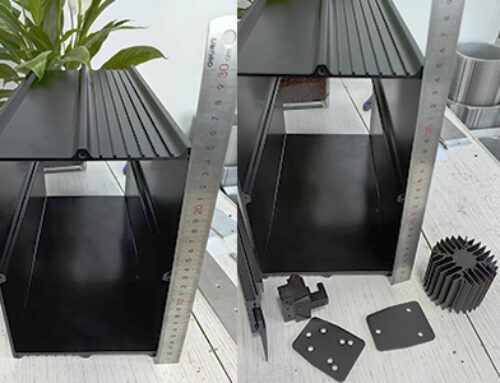Project Description
Aluminum is a widely used material in the construction industry due to its excellent properties such as light weight, high strength, and corrosion resistance. However, to further enhance its durability and aesthetic appeal, surface treatment is required. One of the most popular surface treatments for aluminum is fluorocarbon coating.
What is fluorocarbon coating? What are its main features?
Fluorocarbon coating is a type of coating that has become increasingly popular in recent years due to its many beneficial properties. This coating is often applied to aluminum surfaces, especially in the construction industry where it is commonly used on the exterior walls of high-grade buildings. Fluorocarbon coating, also known as PVDF coating, is a type of coating made from polyvinylidene fluoride (PVDF) resin. This type of coating is highly resistant to weathering, corrosion, and UV radiation. In addition, it has a high level of hardness, good abrasion resistance, and is highly durable. Its exceptional properties make it highly desirable for use in a variety of applications, including the construction industry.
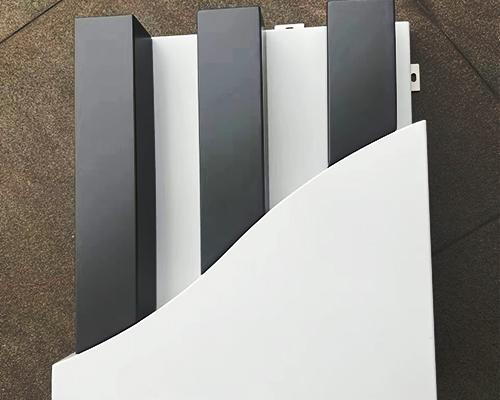
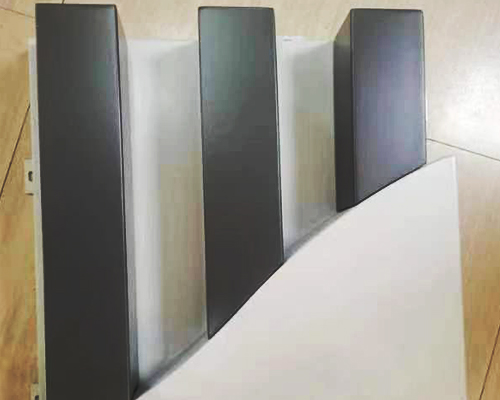
Application of fluorocarbon coating aluminum plate on the exterior wall of a high building.
The application of fluorocarbon coating on aluminum plates in the construction industry is highly popular due to its aesthetic appeal, high durability, and resistance to weathering. The coating enhances the appearance of buildings and protects against harsh environmental conditions that can cause damage to the building’s exterior. The use of fluorocarbon-coated aluminum plates has become increasingly popular in the construction of high-grade buildings due to its exceptional properties.
Fluorocarbon coating production process, Standard for inspection in the construction industry.
The production process of fluorocarbon coating involves several steps, including surface treatment, coating, drying, and curing. The surface treatment process involves cleaning, degreasing, and chemical conversion of the aluminum plate to improve adhesion. The coating process involves spraying the PVDF resin onto the surface of the aluminum plate and then drying and curing it at high temperatures.
The standard for inspection of fluorocarbon coating in the construction industry is highly important to ensure the quality and safety of the building. The inspection standards require that the coating meets specific criteria, including adhesion, thickness, and appearance.
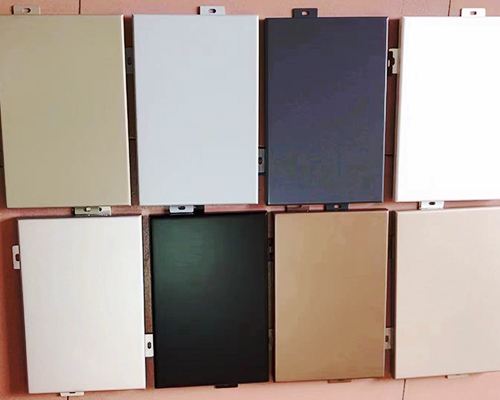
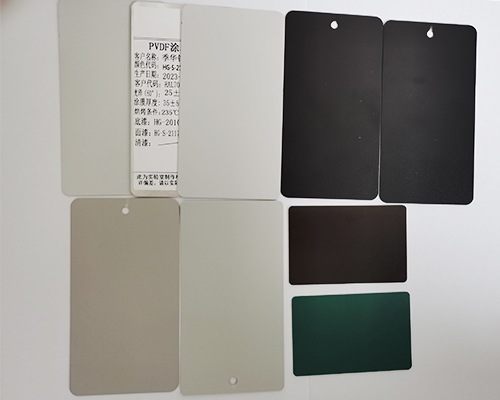
Comparison between fluorocarbon coating and powder coating.
Powder coating is another type of coating that is often used in the construction industry. While both fluorocarbon coating and powder coating have their strengths and weaknesses, the choice between the two largely depends on the specific application. Fluorocarbon coating is highly durable, has a high level of hardness, and is resistant to weathering and UV radiation. In contrast, powder coating is highly resistant to impact and abrasion, making it suitable for applications that require a high level of durability.
For more information about Powder Coating and PVDF, please visit our previous Blog: Powder Coating Vs PVDF Coating On Aluminium Surface
In conclusion, the use of fluorocarbon coating in the construction industry is highly beneficial due to its exceptional properties. The coating enhances the appearance of buildings and provides protection against harsh environmental conditions. While there are other types of coatings available, fluorocarbon coating is highly desirable due to its durability, resistance to weathering and UV radiation, and overall strength. If you need the samples for checking, please contact us directly to get them freely.

